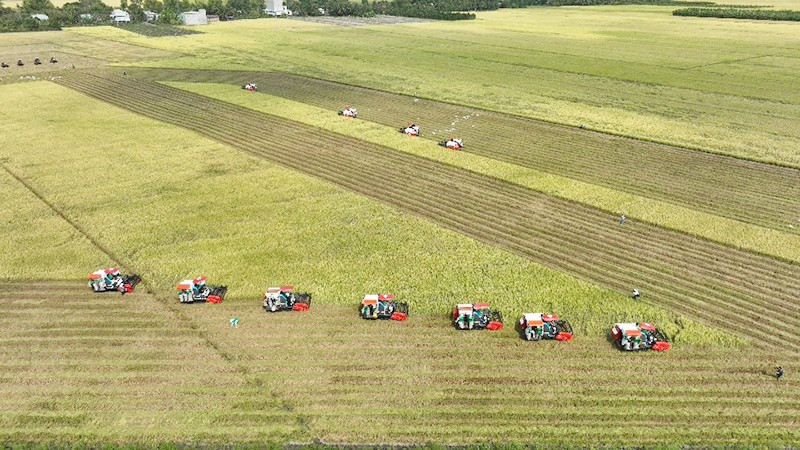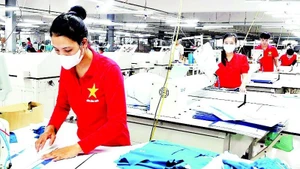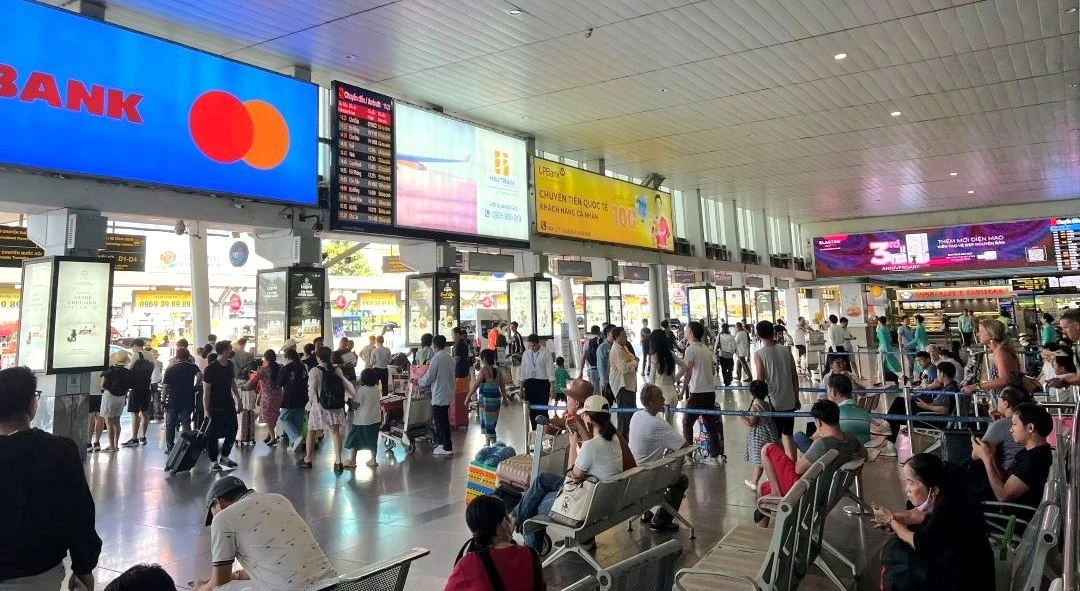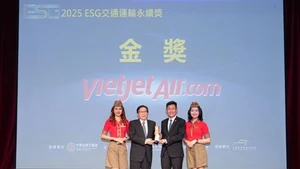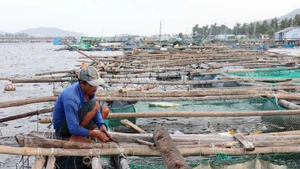According to the Vietnam Food Association, Vietnam’s rice export prices in 2023 were among the highest in the world, occasionally reaching up to 650 USD per tonne. Global prices are not expected to decline before 2025 as El Nino is affecting rice output while the rice export ban is still in place in some major producing countries.
For years, Vietnam has been among the largest rice exporters in the world. The total rice growing area in Vietnam is 7.27 million hectares, with an average output of 5.87 tonnes per hectare. The output in the Mekong Delta is 6.28 tonnes per hectare, while the global average is 4.25 tonnes per hectare. Vietnam exports more than 6 million tonnes per year. In the first 11 months of 2023, the export volume has already reached 7.8 million tonnes, worth 4.41 USD. Vietnamese rice is present all over the world, from Asia to Europe, the Americas and Africa.
According to the Vietnam Sanitary and Phytosanitary Notification Authority and Enquiry Point (SPS Vietnam), Vietnamese rice is enjoying positive reception in Europe ¬¬— one of the most demanding markets in the world — and in recent years no Vietnamese rice shipments to this market received pesticide residue warnings. This affirms Vietnam’s significant efforts to enhance the quality of its exported rice and meet international requirements.
Recently, Vietnamese rice won the first prize at the 15th World’s Best Rice competition held by The Rice Trader, within the framework of the International World Rice Conference Summit in Cebu, the Philippines. This result helps to affirm the quality and development capacity of Vietnamese rice.
Global rice prices are projected to remain high in 2024 and unlikely to fall to below 640-650 USD per tonne due to the low volume of rice traded in the world.
It is estimated that the rice demand in many countries remains high, especially in the Philippines, Indonesia and China. India — the world’s largest rice exporter — is expected to keep its rice export ban in place in 2024. A tonne of Vietnamese rice is currently selling for 658 USD, which is 35 USD higher than Thai rice and 60 USD higher than Pakistani rice. Such factors indicate that Vietnam stands a chance to become a dominant player in the global rice market in terms of both output and export value.
However, it is a new period in which rice importers are cutting demand for low-quality rice and look for higher-quality grains and rice-derived products. In addition, foreign markets are also raising the bar with stricter requirements on low-emission production, requiring Vietnam’s rice sector to seize the opportunity to dominate this market segment.
One of the key measures to realise this opportunity is the Prime Minister’s decision to approve a project on developing one million hectares of high-quality and low-emission rice in the Mekong Delta until 2030. That project is expected to help enhance the value of the rice production chain, ensure sustainable development amid worsening climate change, promote green growth and implement Vietnam’s commitment on net-zero emissions by 2050.
According to Dr Nguyen Van Hung from the International Rice Research Institute, to form one million hectares of high-quality and low-emission rice, it is necessary to create rice varieties that can adapt to climate change and meet consumers’ tastes and nutritional needs.
He also underlined the role of the circular economy from rice straw, which can reduce carbon emissions by up to 30%, by building a database and map on the state of straw management in the Mekong Delta. The expert noted that it is necessary to conduct scientific research on good straw management practices based on biodiversity, carbon emission, and nutritional balance factors; and to apply appropriate technologies to sustainable straw management.
